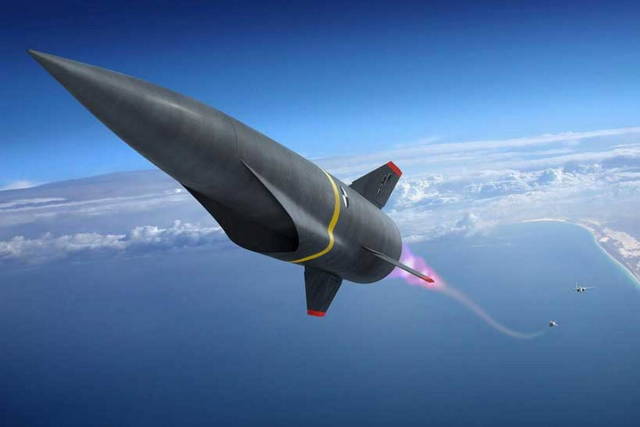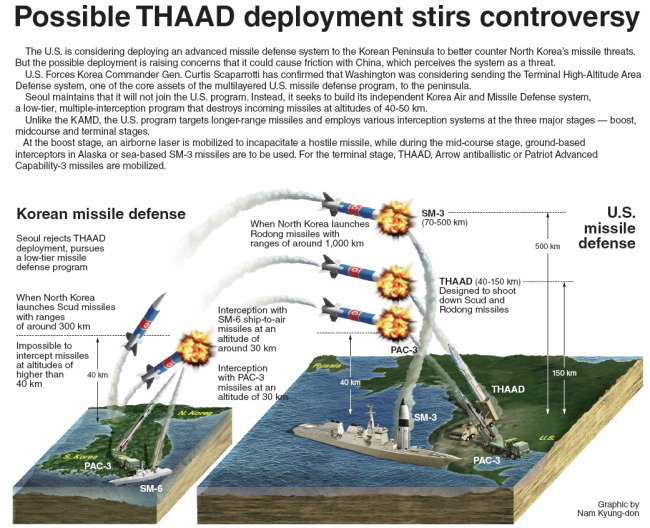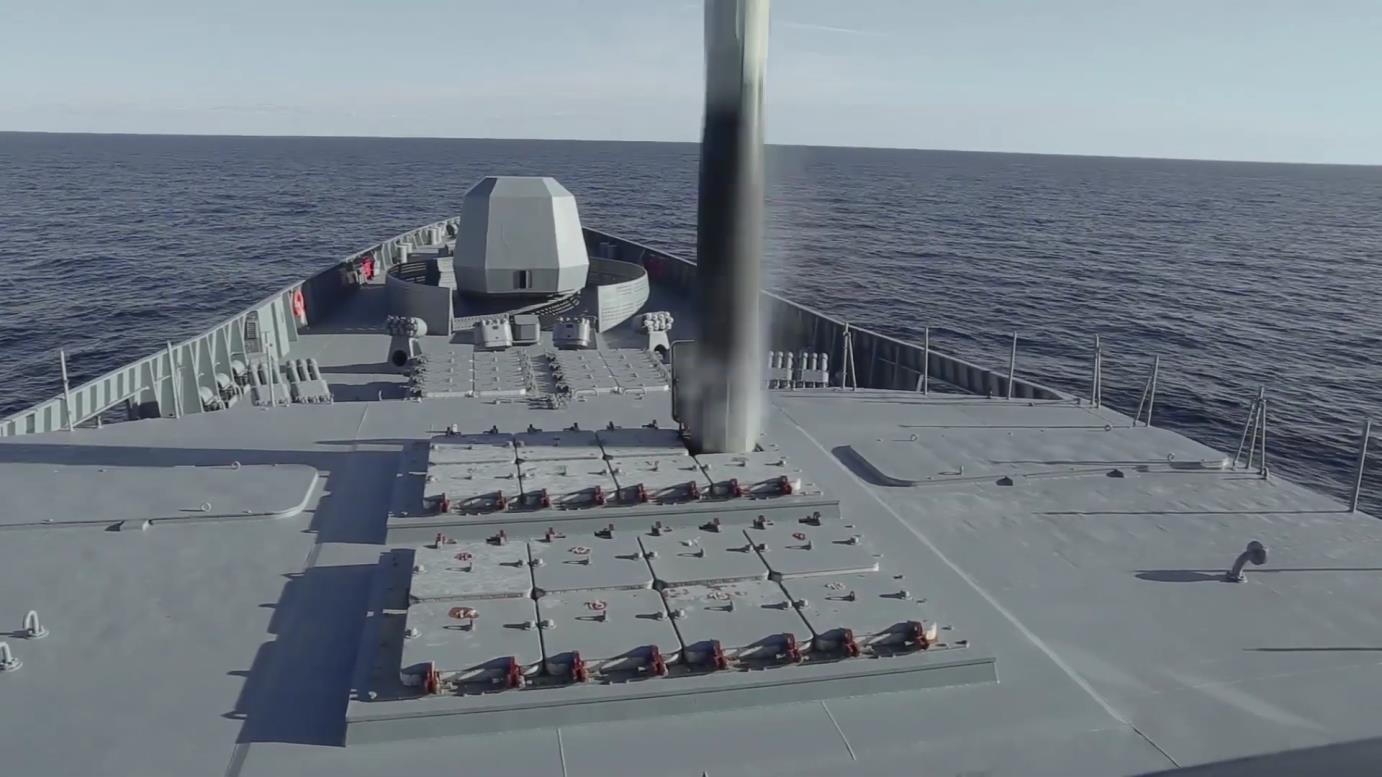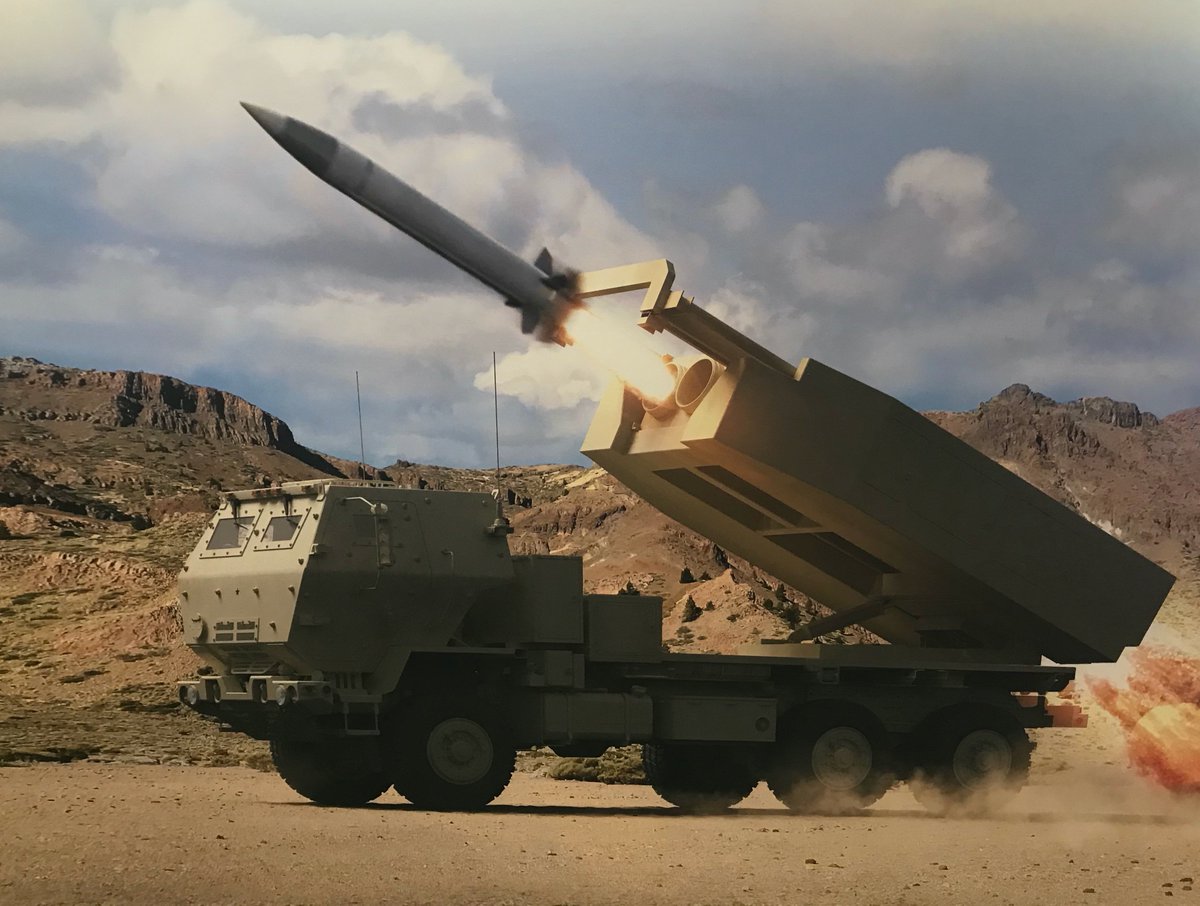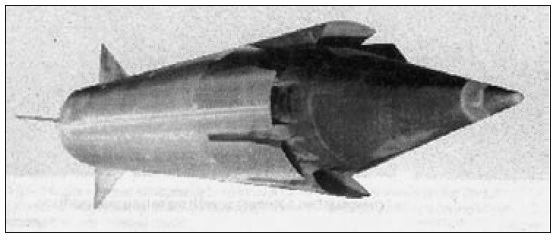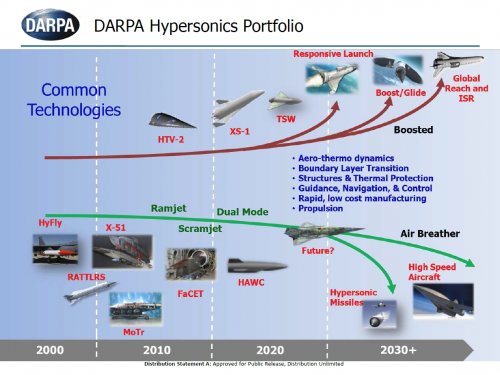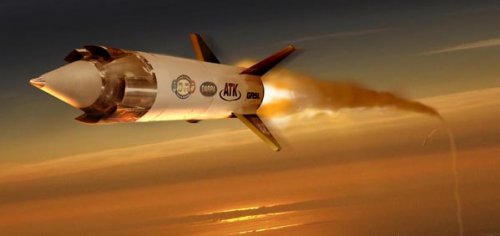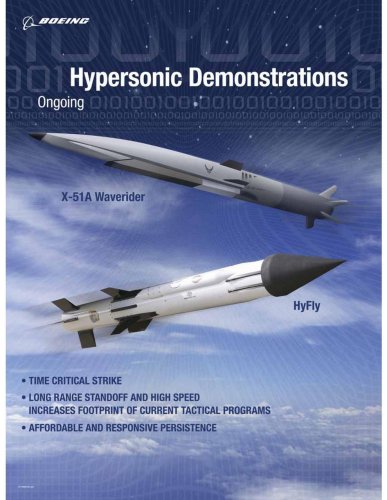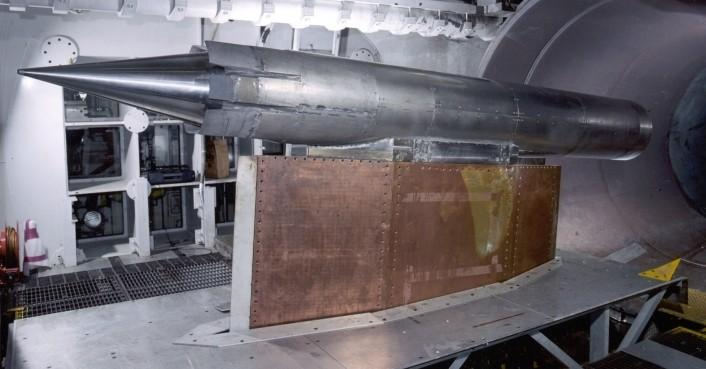In September 2020, India announced a successful test of ramjet technology. The engine was designed specifically for installation on a hypersonic technology demonstrator (hypersonic technology demonstrator vehicle, HSTDV). According to Indian experts, this special and complex technology will be a key component in the development of next-generation hypersonic cruise missiles (GCR). After achieving supersonic technologies and developing supersonic MISSILES with the help of Russia, India is striving to have hypersonic weapons in its Arsenal.
According to experts, India's desire to create hypersonic MISSILES will bring new security problems to Pakistan. Achieving these goals would have devastating consequences for strategic parity in the region, as it gives the Indian side the opportunity to strike first. This will ultimately destabilize an already volatile region of South Asia.
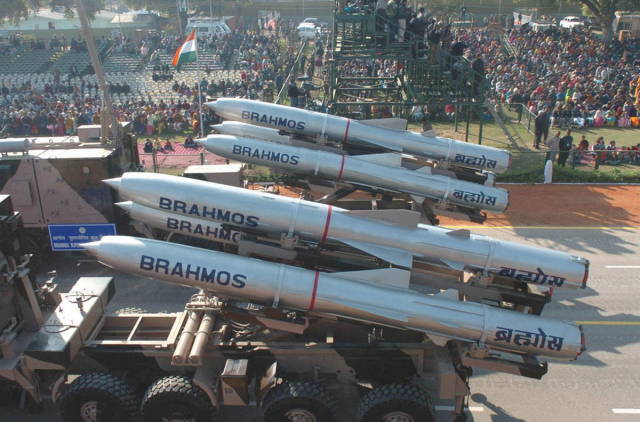
BrahMos missiles of joint Russian-Indian development
Hypersonic weapons: some features
It should be recalled that hypersonic weapons are of two types: hypersonic gliders (so-called "gliders" glide to the target before falling) and hypersonic MISSILES that use RAMJET engines. Hypersonic MISSILES are dangerous not only because of their incredible speed (sustained speed of more than Mach 5); even ballistic missiles could reach up to Mach 25 in the re-entry phase. The main difference is the maneuverability and ability of the GCR to fly on an unpredictable trajectory. As a result, they can easily overcome the modern and probably the air defense system of the near future.
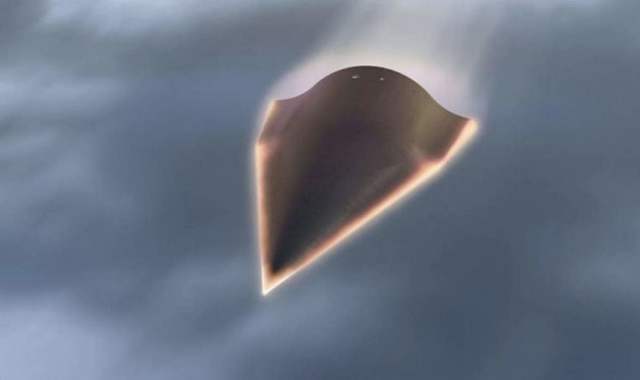
Hypersonic glider
In addition, GCR can carry both conventional and nuclear charges. But their increased speed makes them more deadly, since hypersonic weapons, even with a conventional warhead, are capable of destroying fortified or underground objects due to their high kinetic energy. Moreover, because of their speed, range, accuracy, and lethality, they are also considered ideal weapons against missile DEFENSE systems and mobile targets whose destruction time is limited. Thus, we can say that hypersonic weapons are effective because of their ability to hit important targets with incredible speed and accuracy.
Military and political consequences
After successfully testing a RAMJET designed to be installed in a hypersonic demonstrator, India sought to become part of an elite group of States with this technology. Previously, the United States, Russia and China participated in the arms race for the development of hypersonic weapons. In June 2019 India failed to successfully test RAMJET technology. However, the recently announced success of the 7 September 2020 demonstrator test was hailed as a "landmark achievement"by Prime Minister modi, defense Minister Rajnath Singh and the defense research and development Organization (DRDO).
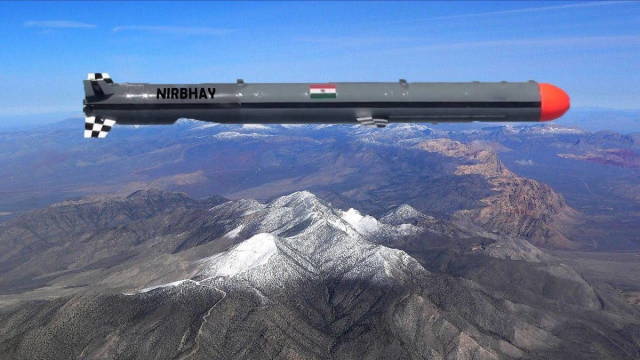
Indian KR in a test flight
According to a press release from the Indian defense Ministry, the hypersonic demonstrator was launched on top of a solid-fuel rocket. In about 20 seconds, at a speed of Mach 5, it rose to a height of 30 km. Although the Indian media considers this test as India's entry into the" elite League " of countries with hypersonic weapons, in fact, the speed of Mach 5 achieved during the test is considered the lowest possible for this category of weapons.
According to experts, the facts reflect two things: first, India has improved its technology compared to the previous failure, and second, the country is still far enough away from developing and deploying hypersonic weapons. Moreover, this capability also reflects India's propensity to develop counter-and pre-emptive nuclear capabilities, which contradicts its policy of "non-use of force first".
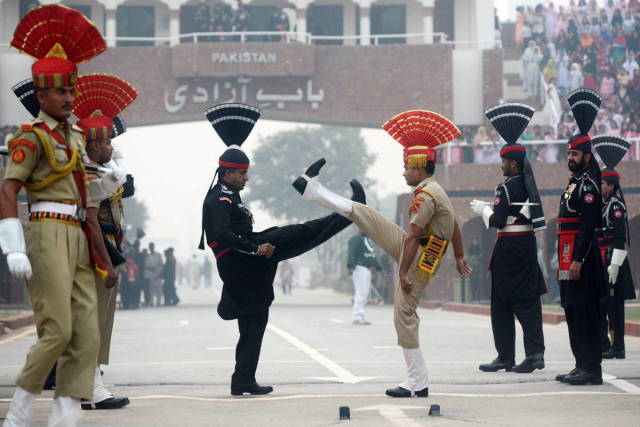
the Fragile strategic balance between India and Pakistan
The situation has become more worrisome as India simultaneously acquires advanced missile DEFENSE systems, as well as developing strike technologies such as hypersonic weapons. This can lead the country's political elite to a false sense of security and superiority and provoke an attempt at a first strike against Pakistan.
Analysts conclude that the emergence of hypersonic weapons in South Asia has created a serious threat to regional security. There is no doubt that the region is currently caught in an action-reaction spiral between India and Pakistan. It is obvious that after the adoption of Indian hypersonic weapons will become a link in this chain. In the end, developments may force Pakistan to reconsider its current nuclear strategy towards India.
Based on the resource materials moderndiplomacy.eu
